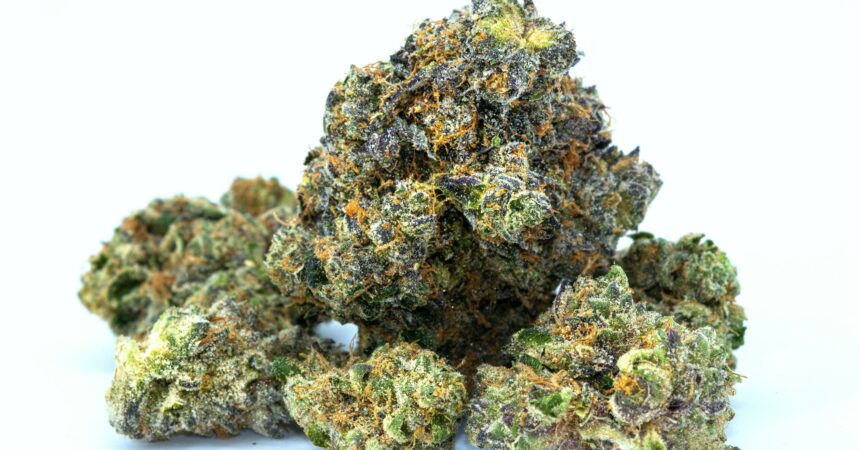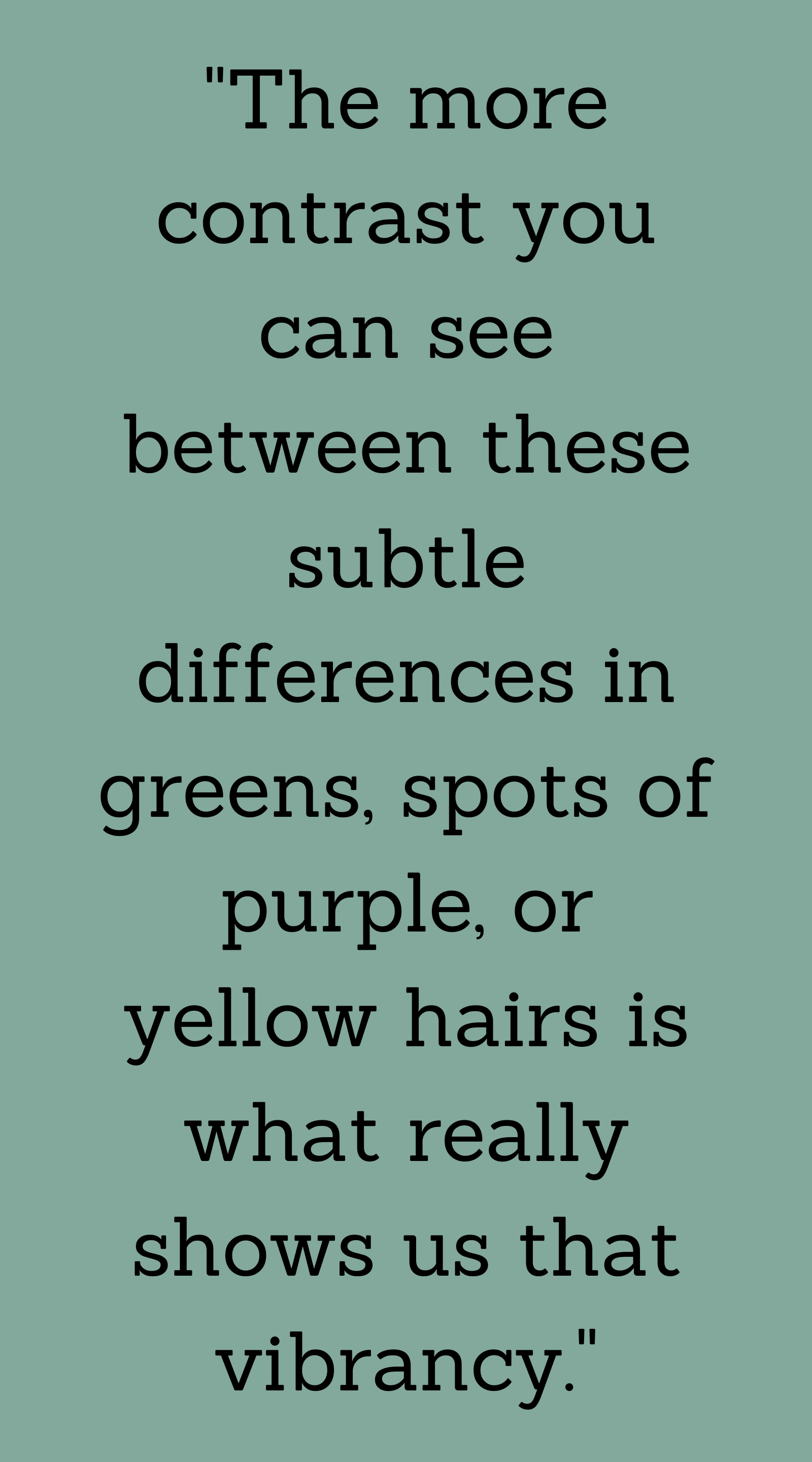Grading explained: How is cannabis color graded?

By Dan Cohn
Most cannabis consumers base their purchasing decision on one thing: looks. Without the ability at many dispensaries to smell or touch the product, they’re left to see whether or not a bud is high quality and color is the best indicator. Color also provides unique insight to the plant’s life, which is why Big Tree Grading, the industry’s first cannabis grading service, using the standard developed by International Cannabis and Hemp Standards (ICHS), includes it as one of their four main grading qualities.
LIVELY AND VIBRANT
Graders travel to the site where the cannabis was processed to examine finished, “ready to sell” product. They perform a visual inspection to identify vibrancy and consistency of color in the flower. For a ‘regular’ sized lot between 5–15lbs, the total lot is inspected, but for bulk material in the 100+lbs range, a representative sample size is observed. The graders look over the sugar leaves, main flower and pistils during their assessment.

Eric Cozens, CEO of Big Tree, describes the straightforward first step of the process, saying, “The first thing I’m looking at is, does it look like an alive plant? Or does it look like a dead plant?”
The vibrancy of the color suggests the age of the product, which also helps to indicate how it was dried, cured and stored. Acknowledging the many different colors you encounter from strain to strain, he adds, “we’re not looking for one actual color. The more contrast you can see between these subtle differences in greens, spots of purple, or yellow hairs is what really shows us that vibrancy.” Lively looking buds imply freshness, which correlates to a stronger aroma too.
CONSISTENCY AND QUALITY
“Color can tell us consistency of the lot,” Cozens says. Certain inconsistencies can point to defects in the product and lead graders to examine further.
“We can tell if two lots have been mixed together, or if maybe there was a different phenotype mixed in,” he explains, referring to the physical traits the growing environment pulls out of the plant’s genetics. He expounds on other common visual defects, saying, “If you see a brown bud, some browning on the leaves, or some grey coloration, then we can investigate more. Maybe it’s mold, pest damage, or something related to harvest or trim.”
Oxidation, or decomposition of organic matter, can cause a once vibrant color to fade, but more importantly, “We can probably be sure that the terpenes have also been broken down and removed and the smell is going to go away,” Cozens concludes.
A high grade for the color of cannabis product represents the freshness of a recent harvest, proper curing techniques and good storage. This will lend well to the other graded qualities and should produce a higher market value. On the other hand, “no one expects their weed to sit around,” Cozens declares. Poor storage, as well as other aforementioned defects can result in a low color score and lower market value.

“Sometimes cultivators haven’t planned to process or store the product correctly so they can still sell it at a relatively high market price over the next several months.” Since ‘bag appeal’ has a lot to do with how customers perceive flower, “talking about the color score and overall grade with cultivators and setting their expectation around when their harvest is going to sell is important,” Cozens affirms.
For the grower, Cozens offers advice by way of the Traveling Wilburys, “Store it in a cool dry place! You’ve just got to have good storage. People put in months of effort and their whole financial livelihood, and improper storage could ruin everything you do along the way.” For consumers, he suggests that stereotypical ‘trophy buds’ aren’t necessarily the finest on the shelf.
“They might be beautiful to look at because they look exotic, but in the end, on the scale of effect, it’s just really what you like.”
Read more in the Grading Explained series:
How is the aroma of cannabis graded?
How is the structure of cannabis graded?
How is cannabis trichome content graded?

Dan Cohn is a drummer, audio engineer and music aficionado who enjoys using cannabis to fuel thoughtful conversation, critical listening and relaxing. The first time he made weed brownies, he cut the whole pan into six mega brownies and ate one before a friend's 18th birthday bowling party. He didn't make it to the party.
